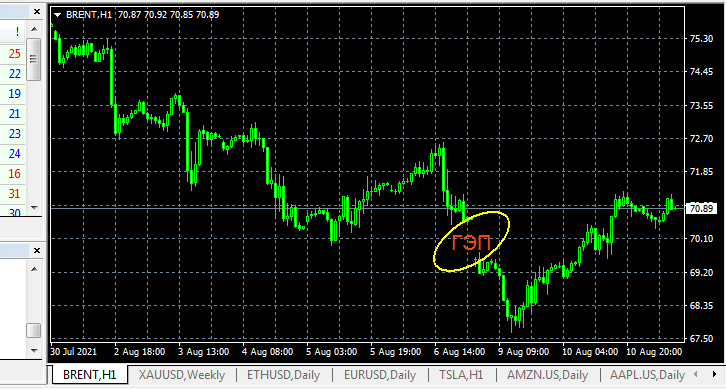Why the trailing stop did not work, reasons and possible consequences
There are several options for insuring exchange transactions against excessive losses in the event of an unfavorable scenario.

The most famous of them is setting stop loss, and the most effective is trailing stop.
It is the trailing stop that allows you not only to limit losses, but, on the contrary, to get the maximum amount of profit from a successful transaction.
But there are situations in which this closing order does not work, and the transaction is closed with minimal profit or even a loss.
What are the reasons for this phenomenon and how to make it unlikely?
The main reasons for trailing stop failure:
A disabled trading platform is the most common case; this order is triggered only when the trading platform is running. That is, if you turn off the computer, the trailing stop will definitely not work.
For this reason, many traders use VPS virtual servers , on which trading platforms are installed for continuous operation.
Gap (price gap) – in this case, all stop orders, including trailing stops, are triggered at the first available quote.

That is, if you have a buy order with a trailing stop set, and the price fell after the gap, then the order will be closed at a loss, although when a trailing stop is set, this seems to be impossible.
Most often, large price gaps occur after weekends or holidays, so you should think carefully before leaving trades at this time.
Expiration – that is, closing of futures contracts. If you trade futures contracts with some brokers, your positions may be forced to close at the prevailing price.
Moreover, no matter what level your take profit or trailing stop is set at. This often comes as a surprise to traders trading oil or other futures assets.
Therefore, when opening such transactions, you should always plan them taking into account the expiration date.
We can say that when a trailing stop fails, there are almost always objective reasons that are easier to foresee than to correct the consequences later.
